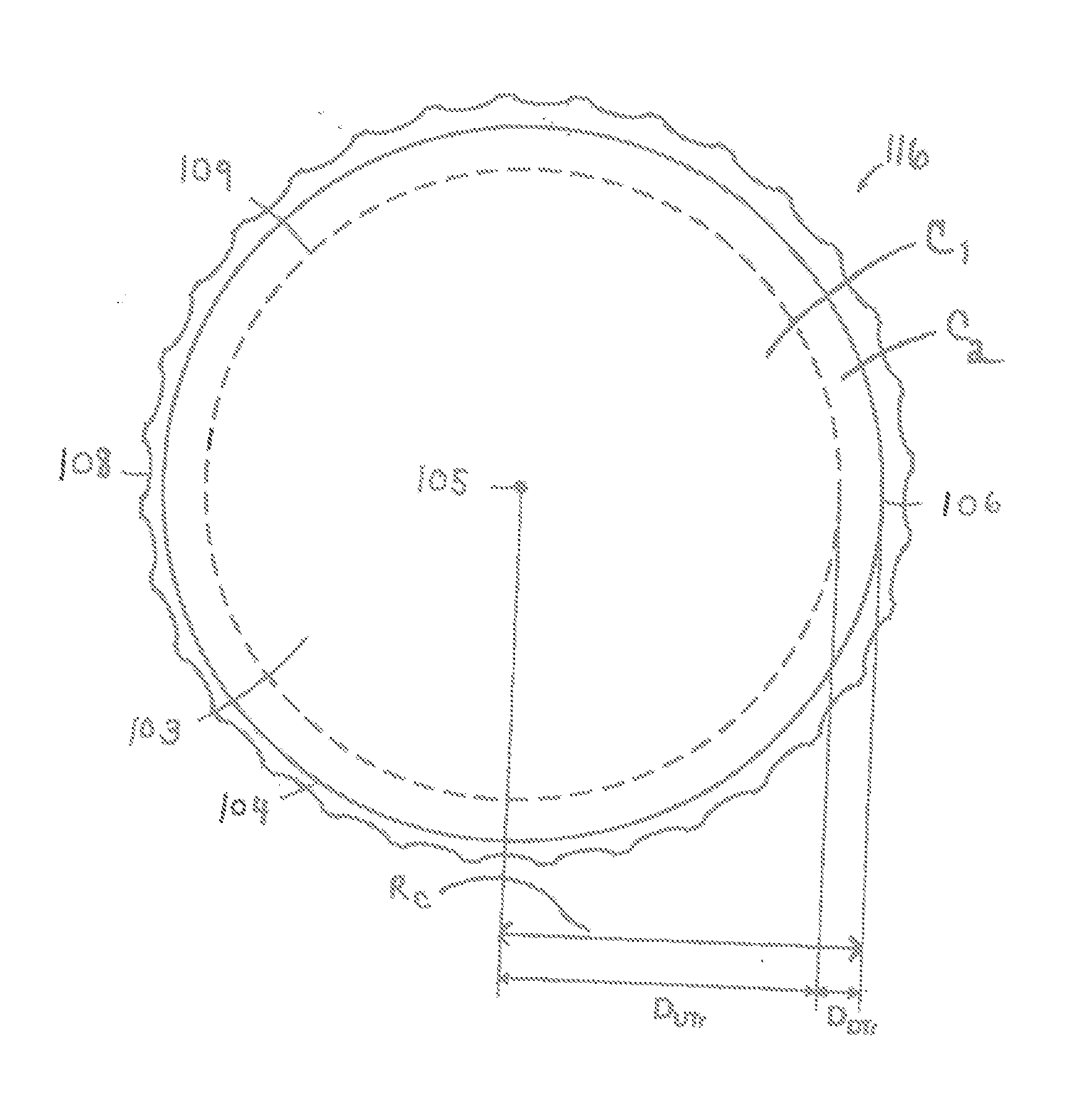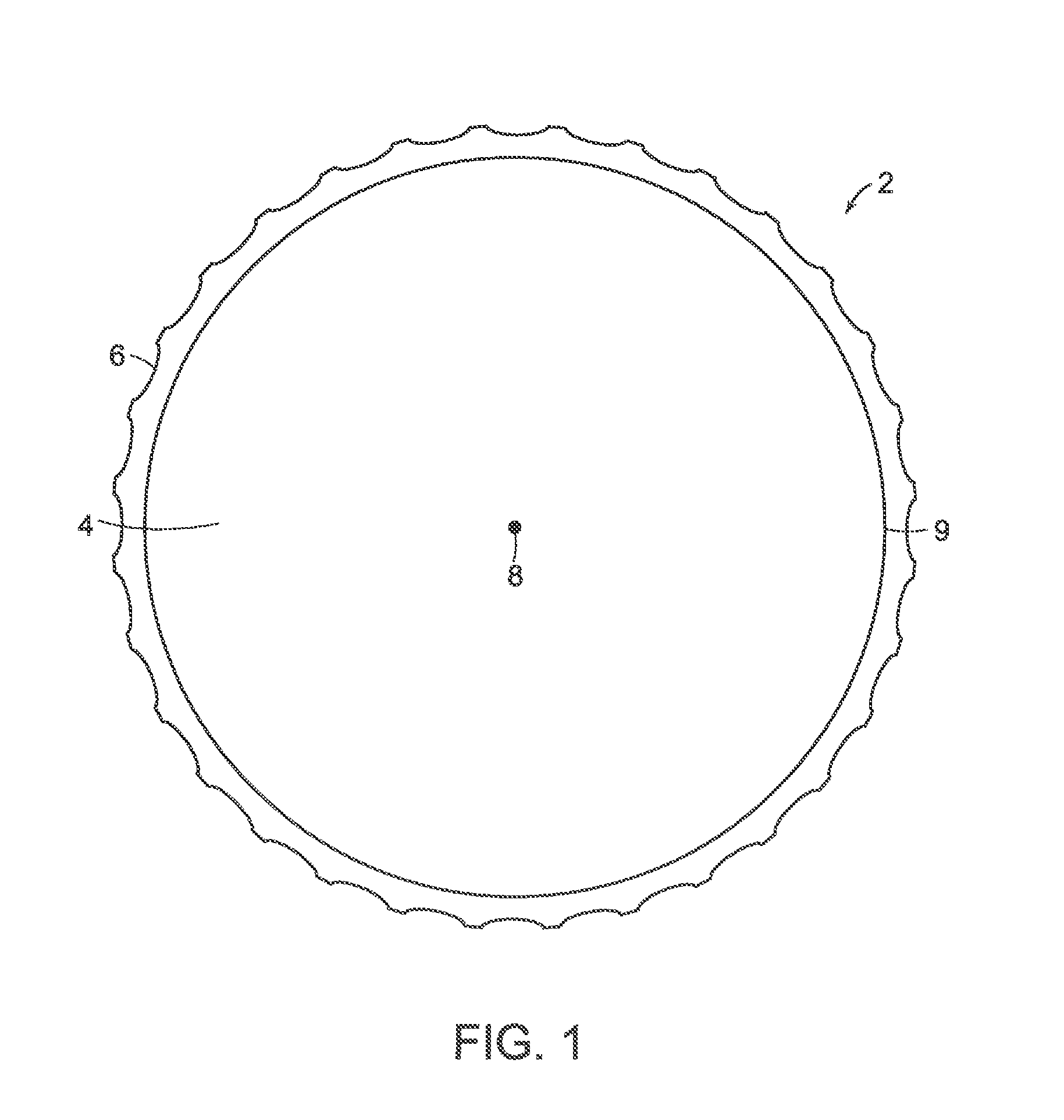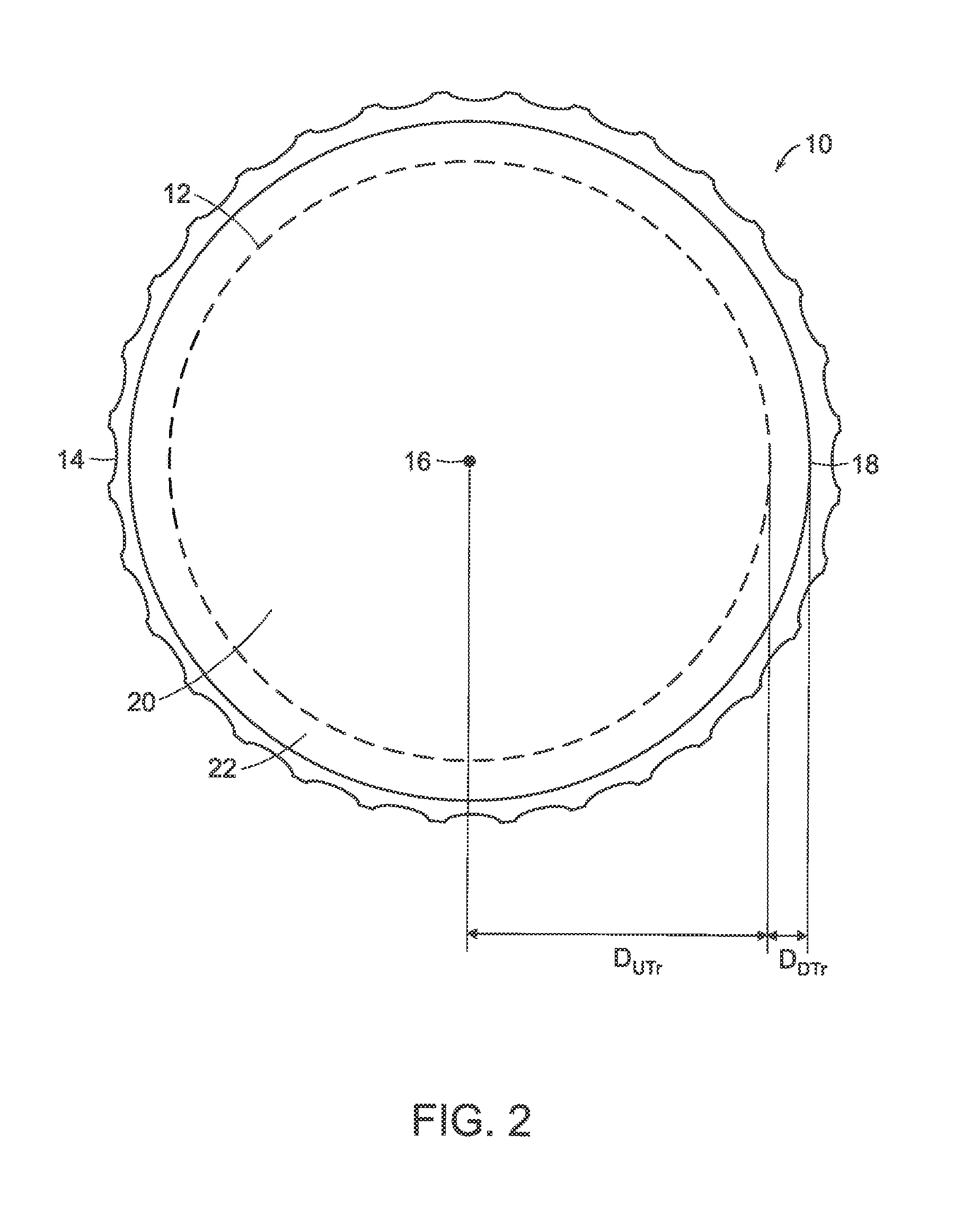Method of making color golf ball and resulting color golf ball
- Summary
- Abstract
- Description
- Claims
- Application Information
AI Technical Summary
Benefits of technology
Problems solved by technology
Method used
Image
Examples
Embodiment Construction
[0068]In the method and golf ball of the invention, the surface-penetrating color composition may comprise a fatty acid and / or fatty acid salt colorant composition.
A color gradient is achieved between a treated portion and an untreated portion of a given golf ball component (i.e., core or center, core layer(s), intermediate layer(s), cover layer(s), and / or coating). The treated portion, e.g., an outer surface or region of the golf ball component is treated with and comprises the fatty acid and / or fatty acid salt colorant composition. Meanwhile, the untreated portion or region within the component is not treated with and does not comprise the fatty acid and / or fatty acid salt colorant composition. The fatty acid and / or fatty acid salt colorant composition embeds within the treated surface and becomes part of the component, thereby creating the color gradient between the treated and untreated regions within the golf ball component. For example, a color gradient may be formed between a...
PUM
 Login to View More
Login to View More Abstract
Description
Claims
Application Information
 Login to View More
Login to View More - R&D
- Intellectual Property
- Life Sciences
- Materials
- Tech Scout
- Unparalleled Data Quality
- Higher Quality Content
- 60% Fewer Hallucinations
Browse by: Latest US Patents, China's latest patents, Technical Efficacy Thesaurus, Application Domain, Technology Topic, Popular Technical Reports.
© 2025 PatSnap. All rights reserved.Legal|Privacy policy|Modern Slavery Act Transparency Statement|Sitemap|About US| Contact US: help@patsnap.com



